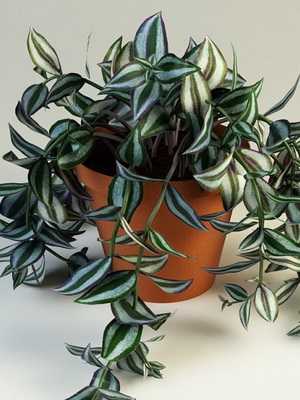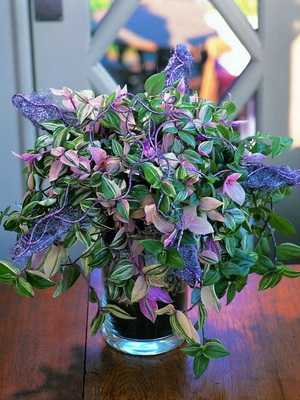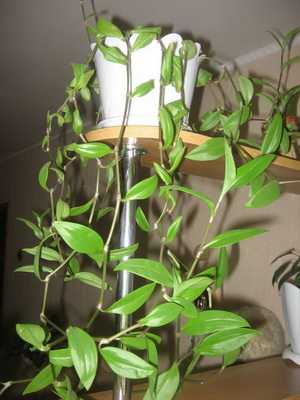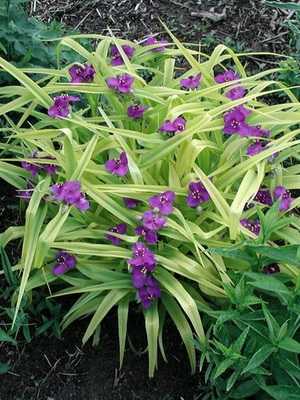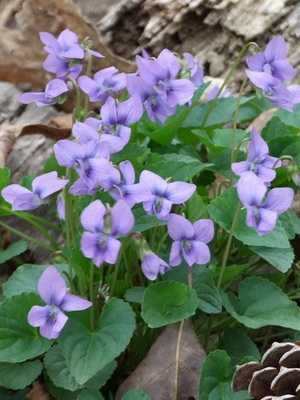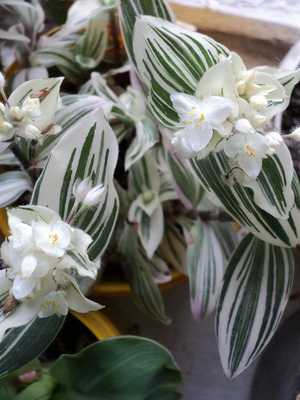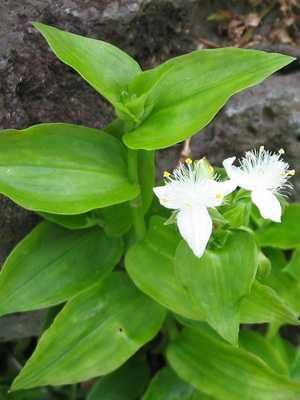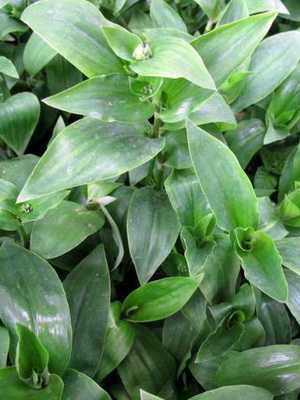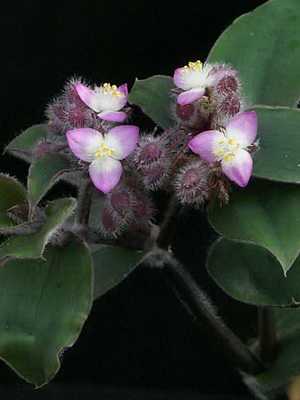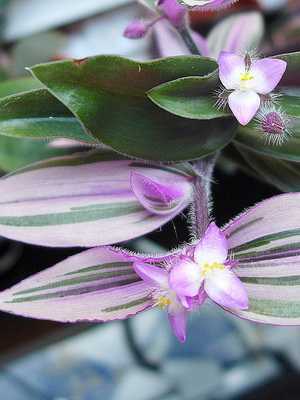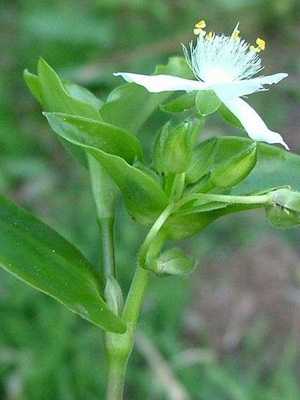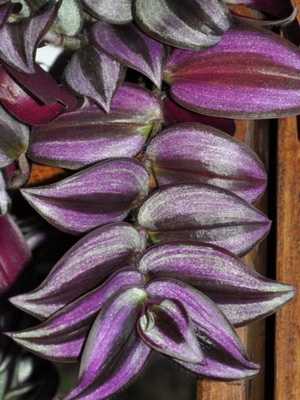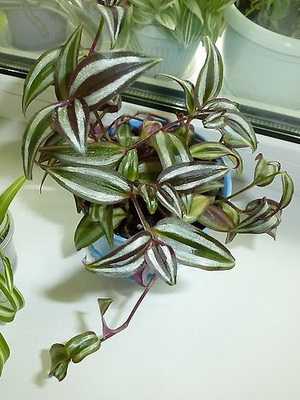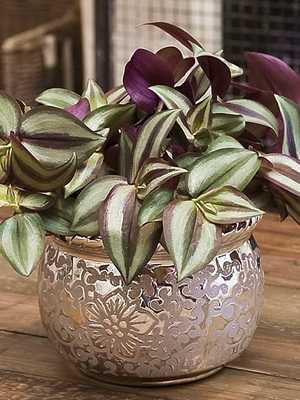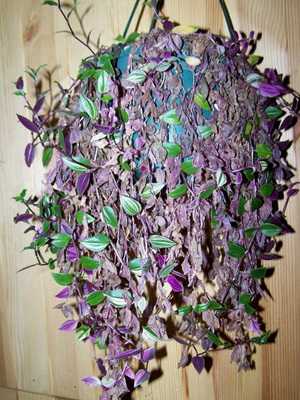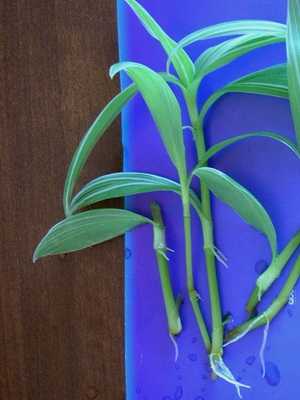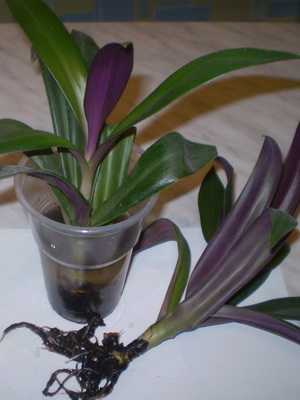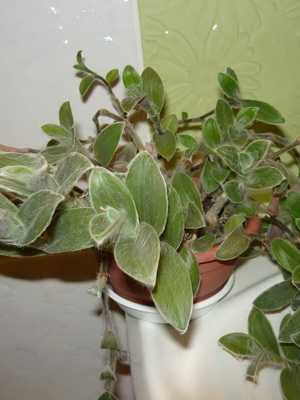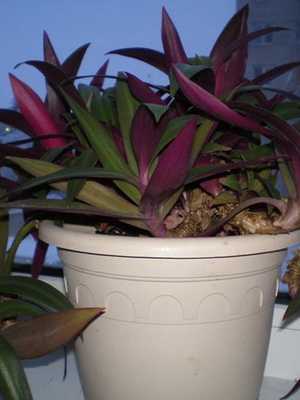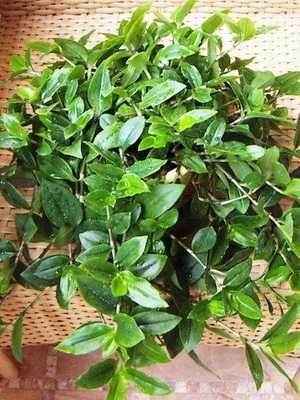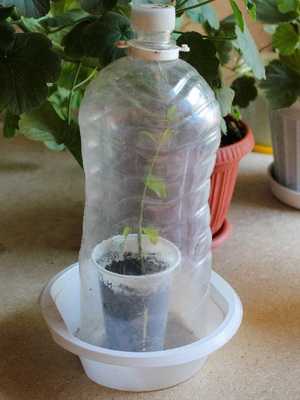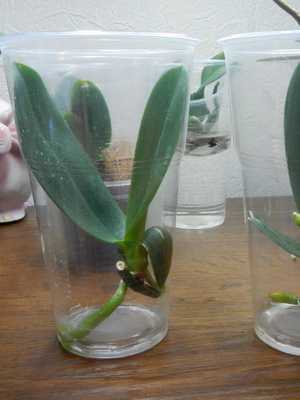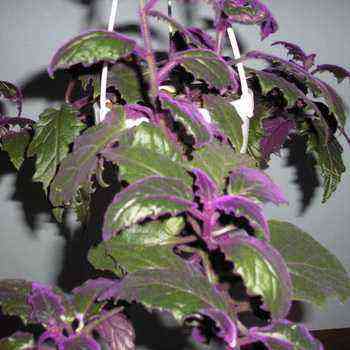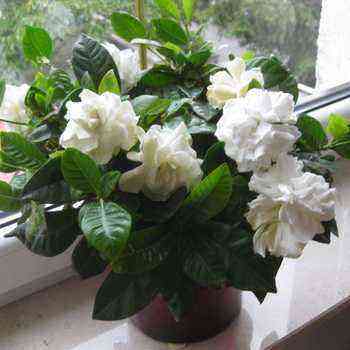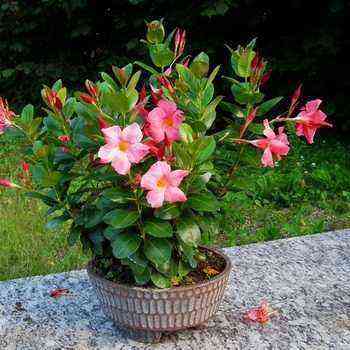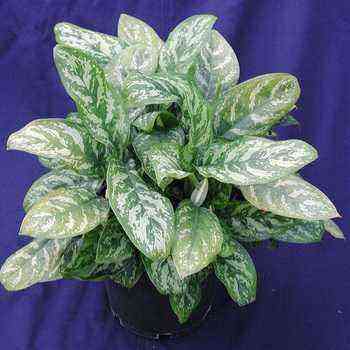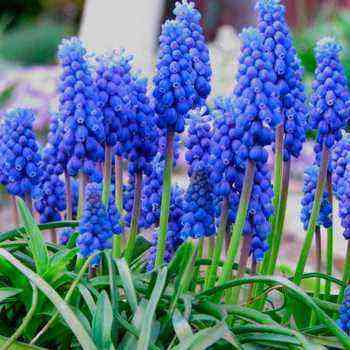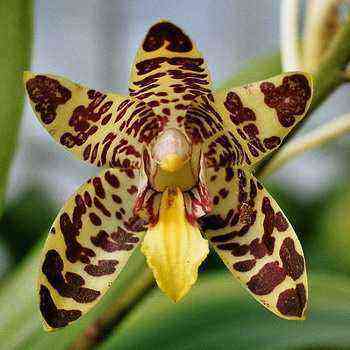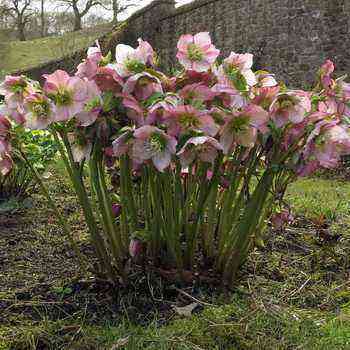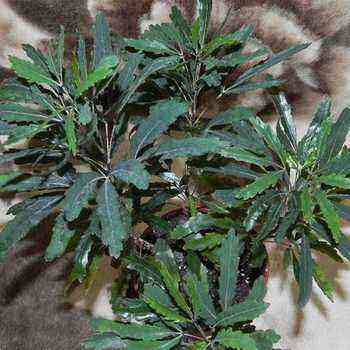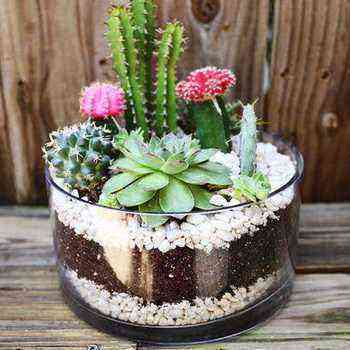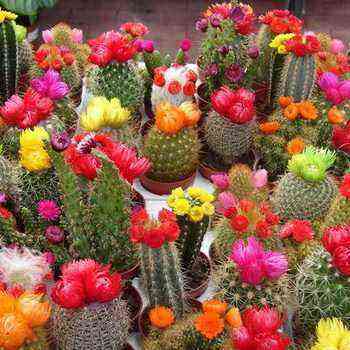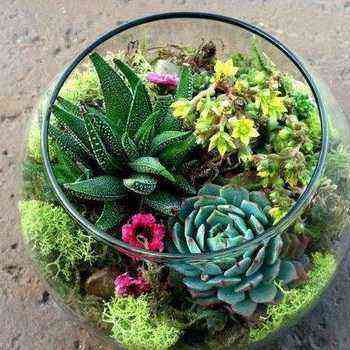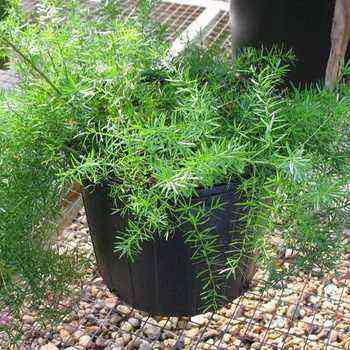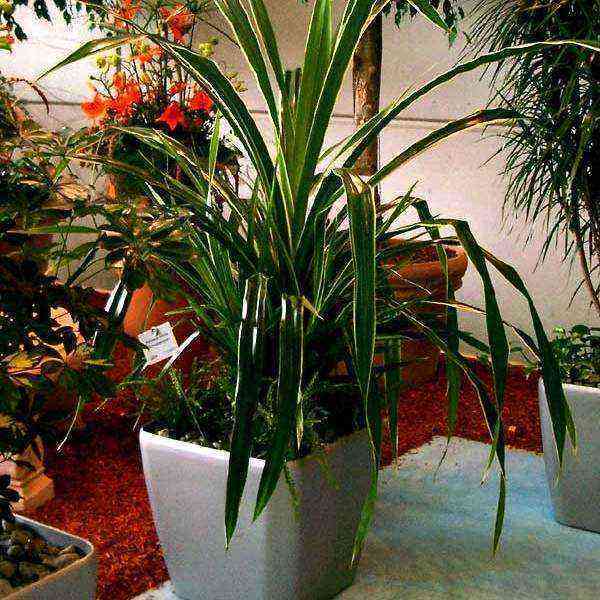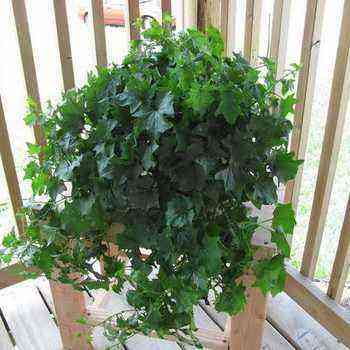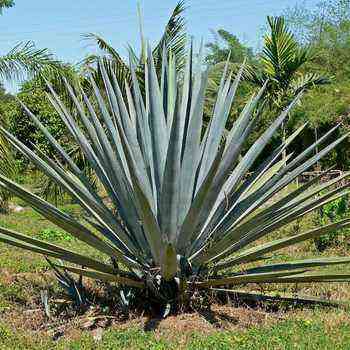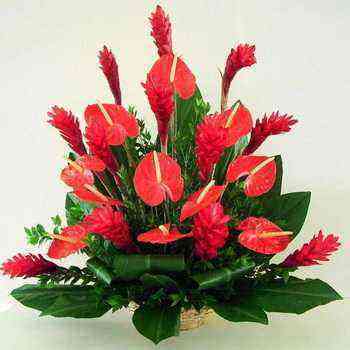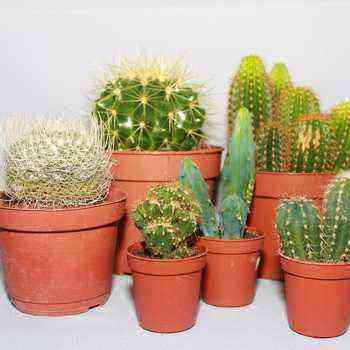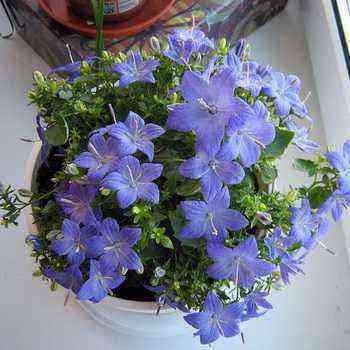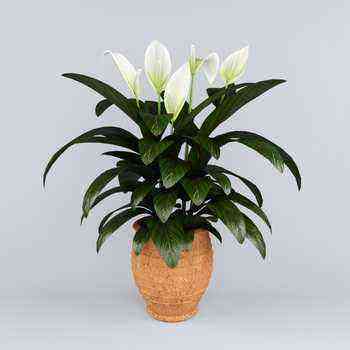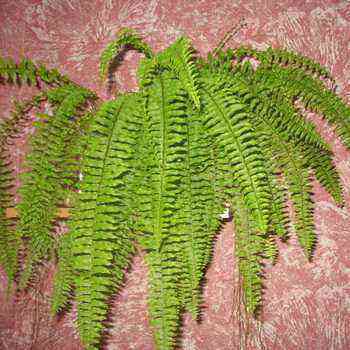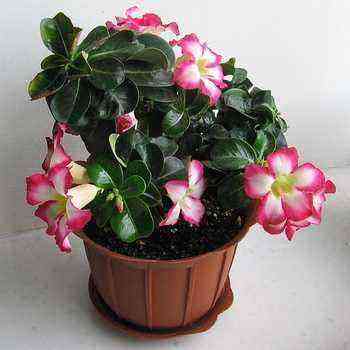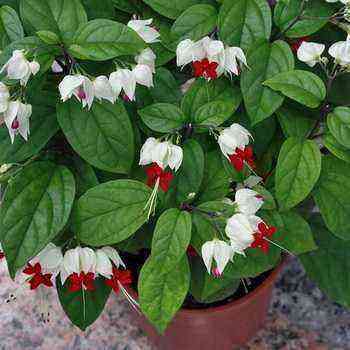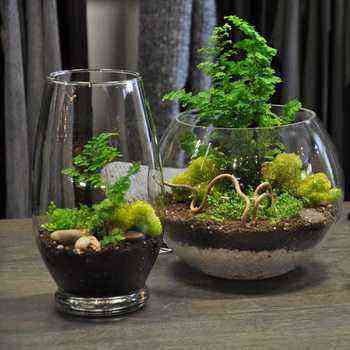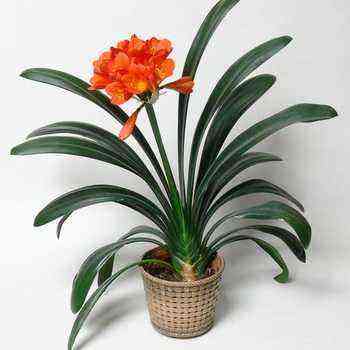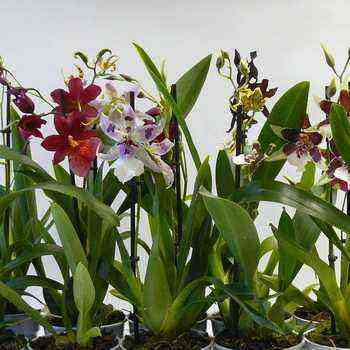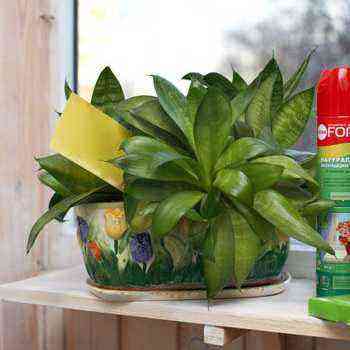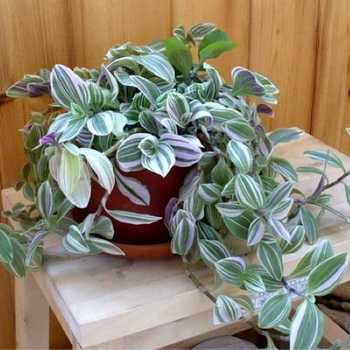
The Tradescantia flower belongs to the Commelin family.
Homeland – North and South America.
It is a genus of perennial evergreen herbaceous plants of the commeline family. Many species are popular houseplants.
When caring at home, the Tradescantia flower is distinguished by its unpretentiousness, ampelous growth character, and durability in room conditions. Where other plants do not develop well (for example, in the corners of the corridor), Tradescantia grows well. Among the 500 species of Tradescantia, there are both perennial and annual plants with large and small leaves, unattractive flowers.
What Tradescantia looks like: a description of the plant and useful properties
Herbaceous plant with creeping stems, leaves are almost sessile, ovate or broadly lanceolate, up to 7 cm long, with yellow, white or reddish stripes. Tradescantia flowers look like small umbrellas of purple, reddish, deep blue, light blue or white. They are collected in simple, umbellate or paniculate inflorescences, rarely solitary, with a corolla with three petals; appear in early summer and do not disappear until autumn. Each flower only unfolds for one day, but the clusters of buds in each inflorescence guarantee long, uninterrupted flowering. It rarely blooms indoors, in spring – summer.
In indoor conditions, white-flowered Tradescantia with bright green creeping shoots is most often grown.
In Russia, Virginia Tradescantia and its hybrids became widespread. This species is quite frost-hardy in the middle lane and does not require shelter for the winter.
Most types of Tradescantia are unpretentious ornamental deciduous plants that can be grown as indoor plants, as well as in greenhouses and conservatories.
As you can see in the photo, the Tradescantia flower is used to decorate winter gardens, interiors, windows, and also as a ground cover plant:
The genus was named by Charles Linnaeus in honor of the father and son of the Tradescants, English naturalists, travelers and collectors – John Tradescant Sr. (1570-1638) and John Tradescant Jr. (1608-1662).
This genus contains about 60 species, distributed in North America, mainly in forests and thickets with rich soils.
When describing the tradescantia plant, it is worth noting that this flower and zebrina are the closest relatives of the golden mustache. Unfortunately, not everyone can grasp the difference between these really very similar plants, but in vain. Despite its high nutritional qualities for animals and humans, Tradescantia has less medicinal properties than its relative – zebrin, which, by the way, is also very unpretentious and enjoys well-deserved popularity among domestic animals.
Tradescantia (tradescantia) and zebrins, in spite of their pronounced similarity, belong to different genera, but to the same family – the commeline (as well as callisia). They came to our homes from the subtropical zone of Central and South America, just like the golden mustache.
In Russia, Tradescantia is often called “woman’s gossip”, although this name is less common than the official, scientific, which is a rarity in the world of domestic plants. This cute plant got such an offensive name thanks to its long, densely intertwining branches. Sometimes it is impossible to find where their beginning and where is the end, just as it is impossible to find the source from which the gossips receive information, and to find out where and how these gossips will end.
The unique beneficial properties of Tradescantia are known all over the world. For example, in Venezuela, Tradescantia Zebrin is respected no less than aloe, and is treated with it for many diseases. And this despite the fact that the Venezuelan official medicine for a long time did not recognize Tradescantia as a medicinal plant.
However, the Venezuelan biologist Jonathan Pirerro in his detailed scientific work proved that Tradescantia really has a number of valuable medicinal properties and is only slightly inferior to such recognized leaders as aloe and echinacea.
The scientist isolated a substance similar to insulin in the juice of Tradescantia Zebrin, which actively lowers blood sugar. By this he proved that Venezuelan healers are right when they use Tradescantia juice or decoction to treat diabetes patients. In addition, tradescantia contains phytoncides, which have a fairly strong antimicrobial activity and are capable of killing not only microbes, but also many viruses. These phytoncides are especially active for the treatment of infections of the gastrointestinal tract.
Tradescantia purifies and humidifies the air in the room, neutralizes electromagnetic radiation. The plant cleans the air from dust and other unpleasant compounds (tobacco smoke, substances formed during the combustion of gas, etc.). The active phytoncides contained in the plant have a detrimental effect on viruses and microbes, which are the causative agents of many common diseases.
A person admiring the lush greenery of a Tradescantia indoor flower relieves eye strain, quickly improves mood and makes breathing easier.
Tradescantia is used in magic: it does not allow intruders to damage people, with it the evil eye loses its power.
Tradescantia flowers at home are unique in their responsiveness and positive impact on the atmosphere in the house. If everything is fine in the family, then green pets feel great, but if negative energy has accumulated, the plants begin to wither.
Tradescantia is eaten by pets: canaries, cats, hamsters, rabbits and even aquarium fish. But people still breed it as a very unpretentious house plant, without even knowing about its medicinal properties. I must say that Tradescantia is not only possible, but also necessary to be eaten – added to various green salads, especially in winter, when fresh greens are coming from nowhere (and what it was grown on is also unknown). And here a source of wonderful, fresh, green fiber hangs right on the wall in the flowerpot, grown without any chemicals – pluck a twig, wash and boldly chop it into a salad.
Further you can see the photo, the name of the different viov tradescantia and their description.
Types of tradescantia: photos and names of varieties
More than 90 varieties of Tradescantia are known, differing in the size and color of the leaves. They can be striped (green with white), brownish, with a pinkish-purple tint, yellowish.
The most popular are:
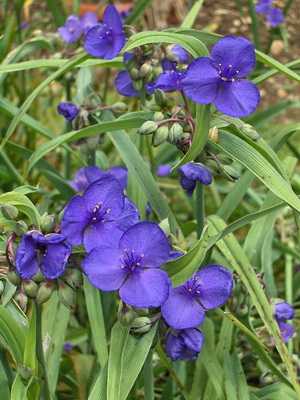
Tradescantia Anderson (T. x andersoniana)

Tradescantia white-flowered (T. albiflora)
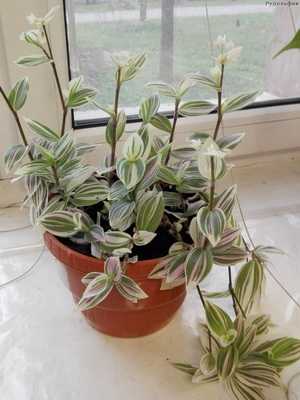
Tradescantia white-flowered ‘Albovittata’ (T. albiflora ‘Albovittata’)
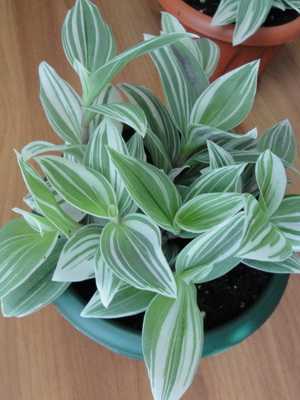
Tradescantia Blossfeld (T. blossfeliana)
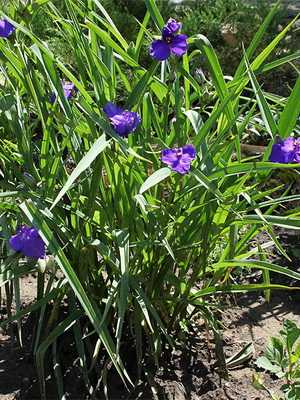
Virginia Tradescantia (T. virginiana)
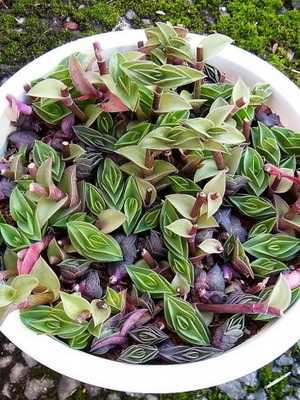
Tradescantia navicular (T. navicularis)
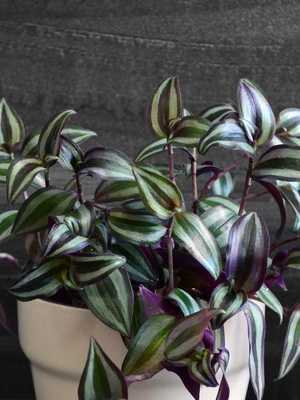
Tradescantia striped (T. zebrina)
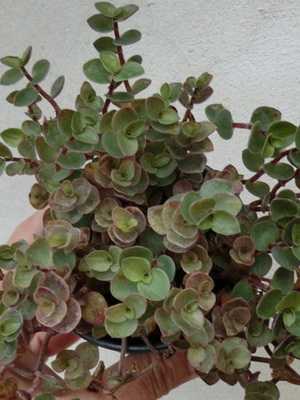
Riverside Tradescantia
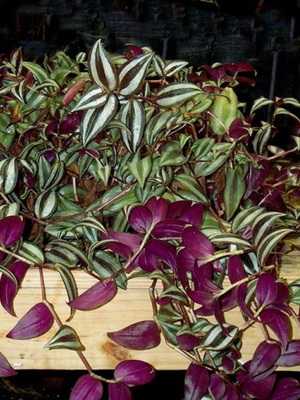
Tradescantia myrtle
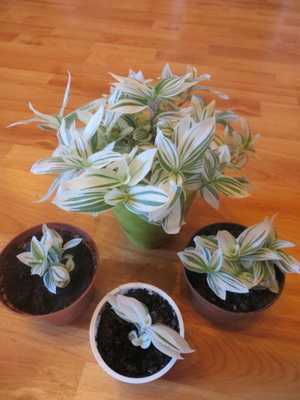
Tradescantia variegated (T. flumensisf.variegata)
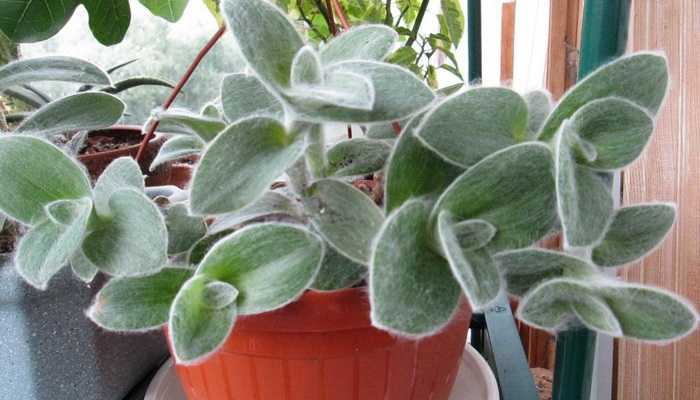
Tradescantia sillamontana (T. sillamontana).
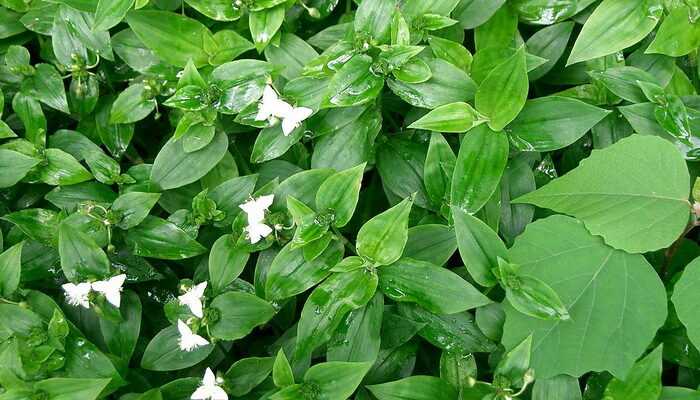
Tradescantia white-flowered (Tradescantia albiflora Kunth.), the commeline family.
Homeland: Бразилия.
Appearance and structure: undemanding, herbaceous, perennial plant with a creeping stem rooting at the nodes. The stem is round, juicy, dark green, covered with whole, small, pointed-ovate leaves.
Look at the photo – in this type of tradescantia, the top of the leaf blade is bright green, the underside is lightish, pubescent at the base of the leaf:
In early spring it blooms with snow-white small, star-shaped flowers, which stand out especially clearly against the green background of the leaves.
Reproduction: seeds and cuttings that take root quickly in any moist substrate and water.
Features: the plant is moisture-loving and very shade-tolerant. Undemanding to temperature conditions. It is undemanding to the soil. The cultivation of this tradescantia is carried out on a mixture of humus and turf soil with sand (2: 2: 1), as well as in all soil substitutes – expanded clay, ion exchange substrates, etc. An excellent plant for rooms, winter gardens, for framing tub plants or wall decoration and for vases in the form of cutting material. It takes root easily in water. Grows well in low light with artificial light sources.

Tradescantia Blossfeld (Tradescantia Blossfeldiana Mildbr.), the commeline family.
Homeland: tropical regions of America.
Appearance and structure: it is a perennial, unpretentious herb with creeping thick, juicy, pubescent stems with short internodes. The leaves are stalk-enveloping, broadly lanceolate, pointed, alternate, heavily pubescent, greenish above, pinkish-purple below.
As shown in the photo, this type of room tradescantia has medium-sized mauve flowers:
They do not decorate, but rather interfere with the perception of the peculiar shape and color of the plant. Blossfeld’s Tradescantia is not growing as fast as other types of Tradescantia.
Reproduction: propagates by cuttings in water, sand, expanded clay, perlite, peat.
Features: despite the fact that Tradescantia is one of the most undemanding plants for rooms and can grow in any soil, in a vase of water, nevertheless, to obtain good specimens, you need a bright place, abundant watering, loose fertile soil: turf, leaf, humus and sand ( 2: 2: 1: 1). When the stems are exposed, Tradescantia is rejuvenated by strong pruning, but it is better to replace old plants with young ones. Blossfeld’s Tradescantia thrives and grows on ion exchange media and in hydroponic culture. Together with zebrins and chlorophytum, it can be used in wall compositions. These ampelous plants, suspended at different levels, due to the contrasting combination of color and shape, can be an element for decorating rooms and living rooms. This type of Tradescantia can grow under artificial light.
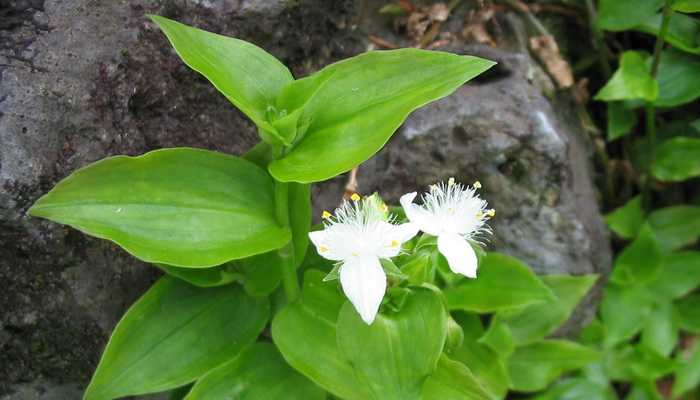
River Tradescantia (Tradescantia fluminensis Vell.), the commeline family.
Homeland: tropical regions of America.
Appearance and structure: perennial, herbaceous plant with succulent stems. Stems are recumbent, creeping, light green, the arrangement of leaves is alternate.
Pay attention to the photo – this variety of Tradescantia has stem-enveloping leaves, somewhat asymmetrical at the base, the top side is green:
The leaves are somewhat darker than those of the white-flowered tradescantia, and are smaller. The flowers are white.
Reproduction: easily propagates, forming roots from each node of the stem. It takes root throughout the year on different substrates.
Breeding features: the plant is very shade-resistant, grows at any room temperature, but requires watering and spraying. When the stems become exposed and aged, it is restored by strong pruning, and, while growing, it develops again numerous leafy shoots up to a meter or more in length. For successful care of this type of tradescantia, a mixture of sod, leaf, humus soil and sand (2: 2: 2: 1) is made.
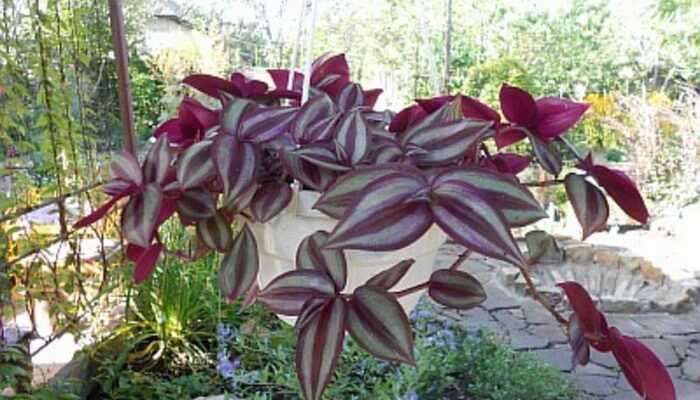
Tradescantia Guiana – a plant with bright green leaves and small white flowers.
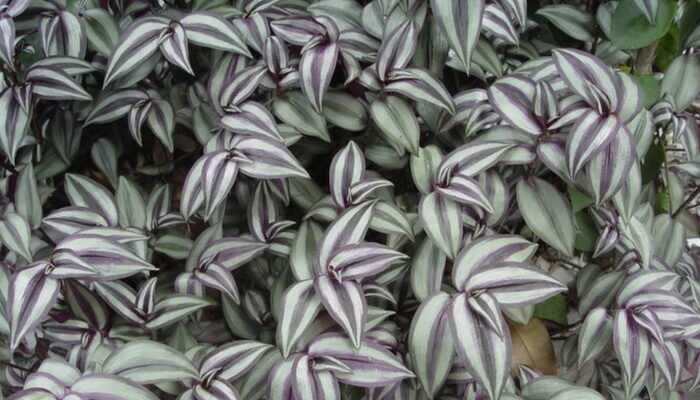
Tradescantia Zebrina – decorative appearance with white or silvery stripes on the leaves. In low light, the leaves turn pale green.
The flowers are small, pink in color. For a long time, Zebrina belonged to the genus Tradescantia, and only recently was it separated into an independent genus.
Look at the photo – the name of this variety of Tradescantia is due to the characteristic striped leaves:
The most common species, suitable for cultivation and with extensive medicinal properties, is the hanging zebrin.

Zebrina hanging – Zebrina pendula Schnizl (often referred to as Tradescantia zebrina Loud in horticultural literature) is a perennial herb with creeping, rising stems.
Leaves sessile with tubular sheaths, ovate with pointed tips, 5-6 cm long, 2-3 cm wide. The upper side is claret-green along the midrib and edge, with two arcuate silvery-white stripes. The underside is purple, smooth, ciliate along the edge. Blooms in July – August with 8-10 hour daylight hours. Flowers are few, pink, sepals and rubbing petals accreted into a tube. This is its main difference from Tradescantia, in which the petals and sepals are free.

Motley tradescantia – with striped leaves (white-pink-green). All Tradescantia are very decorative, but they have one drawback: they grow quickly and require renovation.
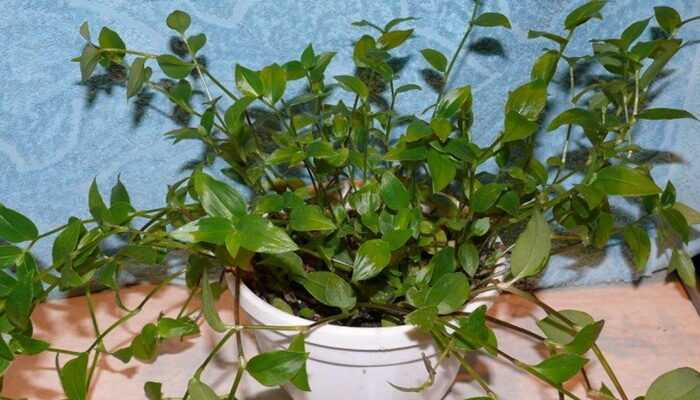
Tradescantia green (T. viridis) – a perennial herb. Homeland – the rainforests of America.
One of the most cultivated indoor plants. Extremely unpretentious, shade-tolerant, hygrophilous. In direct sunlight, the leaves lose their brightness and turn light green. Propagated by stem cuttings.
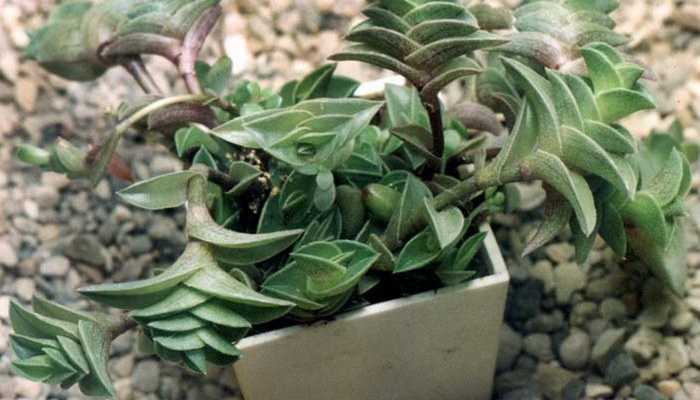
Tradescantia navicular (T. navicularis) from Peru with succulent shoots and leaves, it has greenish-purple shoots, creeping, with raised ends reaching 50 cm in length.
The leaves are alternate, scaphoid, small, tightly pressed to the stems, located in the same plane close to each other. With a lack of light, the shoots stretch out, and the leaves stretch, lose their decorative effect.
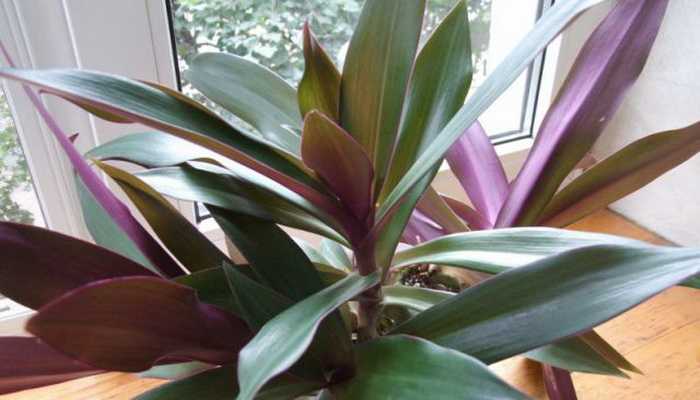
Tradescantia Lodges (T. loddgiesii) from Australia bears little resemblance to other species, does not form long climbing shoots, leaves are large, olive-green with a silvery stripe along the central vein, broadly elongated-oval, up to 20 cm long, collected in a basal rosette.
If you want to grow tradescantia with decorative, colored or variegated leaves, you still have to take care of them: the color will remain and will be bright only if the plant receives enough light and nourishment. When caring for a houseplant, Tradescantia, fertilizing is applied in the summer, both organic and mineral, in the form of weak salt solutions.
Care and growing indoor flower tradescantia at home
It is very easy to grow tradescantia, they are really extremely unpretentious and are unlikely to die, unless you completely deprive them of moisture and light. Moreover, they really look a lot like a green carpet, and it grows very quickly. To do this, you need to follow a few simple rules.
When caring for Tradescantia flowers, rooms should be well ventilated. The place for these plants should be well lit, but this culture does not tolerate direct sunlight. If Tradescantia is placed in the sun, its leaves become small and it loses its decorative effect. Varieties with green leaves also tolerate a shaded arrangement, but then their shoots are strongly elongated. Variegated forms lose their color intensity in case of insufficient illumination.
In order to grow Tradescantia as strong as possible, it is recommended to take it out into the fresh air and place it in the shade in the summer.
In winter, the temperature should not drop below 10 ° C. Spraying is recommended in summer.
The substrate is leafy, sod and humus soil, sand. (2: 1: 1: 1).
Vegetative propagation of Tradescantia using cuttings is carried out in coarse sand or in water.
Propagate Tradescantia by cuttings, cutting them off in late February – early March and placing them in water; after 2 weeks, the shoots give rise to roots and can be planted in the soil. You can simply cut off the shoots and plant them in the free space in the pot; they are well received, and the plant becomes even more fluffy from this.
Here’s how to care for Tradescantia at home.
How to care for room tradescantia at home
Caring for Tradescantia at home is very simple: plants love moist, warm air and good watering, but keep in mind that the soil cannot be waterlogged. Due to the fact that the plant gives many shoots, the earth is, as it were, under a cap and retains moisture for a long time. In a warm, dry environment, daily spraying of Tradescantia is recommended.
The plant should be watered regularly, in summer – abundantly, in winter – moderately, since Tradescantia tolerates a lack of moisture much better than excess. The potting soil must be kept moist at all times. In winter, watering is reduced.
From May to September, a complex mineral fertilizer is applied twice a month.
Transplanted as needed.
It is advisable to renew the plant annually from cuttings, since the plant ages quickly and its leaves begin to dry and fall off from the base of the stem. To prolong the youth of Tradescantia, it is advisable to constantly pinch the tops of the shoots.
Tradescantia ampelous plants, they do not require a large amount of land and a large pot, but they must be grown in wall pots or any other pots, so that the branches calmly sink down.
As you can see, it is not difficult to care for Tradescantia, but if grown incorrectly, this plant can get sick with a black leg. Sometimes the flower is affected by aphids and whiteflies. Water stagnant at the roots can cause rotting and death of the plant.
Watch the video “Caring for Tradescantia” for a better understanding of how to grow this plant:
How to Grow Tradescantia in a Bottle: vegetative propagation using cuttings in water
Propagating Tradescantia by cuttings in water is one way to grow a beautiful plant.
Grow two branches of Tradescantia in water bottles until long roots form on them. Now prepare the feed water. Take one part of dried good sod humus, put in a vessel, add three parts of water and shake for five minutes. You can take about 150 grams of soil for one liter of water. Allow the resulting extract to settle, then filter and boil to kill bacteria and fungal spores. If the solution turns out to be dark, then dilute it to the color of liquid tea. (In the absence of good soil in winter, you can replace it with birch ash – 2 grams per liter of water with an addition of 1/2 gram of saltpeter. Water is infused on ash for a day). Then pour soil or ash extract into one bottle and clean water into the other.
Place the branches of Tradescantia in both bottles, reinforcing them with wax or woolen (non-wet) cotton or a cork drilled and cut in half. Wrap bottles with Tradescantia with thick white paper, or even better – with a black lining, so that the roots are in the dark and do not heat up, and algae do not grow in the water. White is known to reflect the rays of the sun. Put a glass tube bent at a right angle into the water through the cork, through which blow air every day using a rubber bulb. The oxygen in the air is necessary for the roots to breathe.
